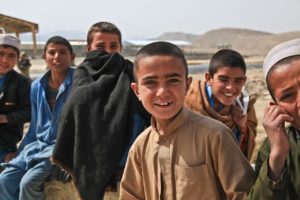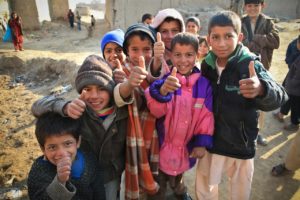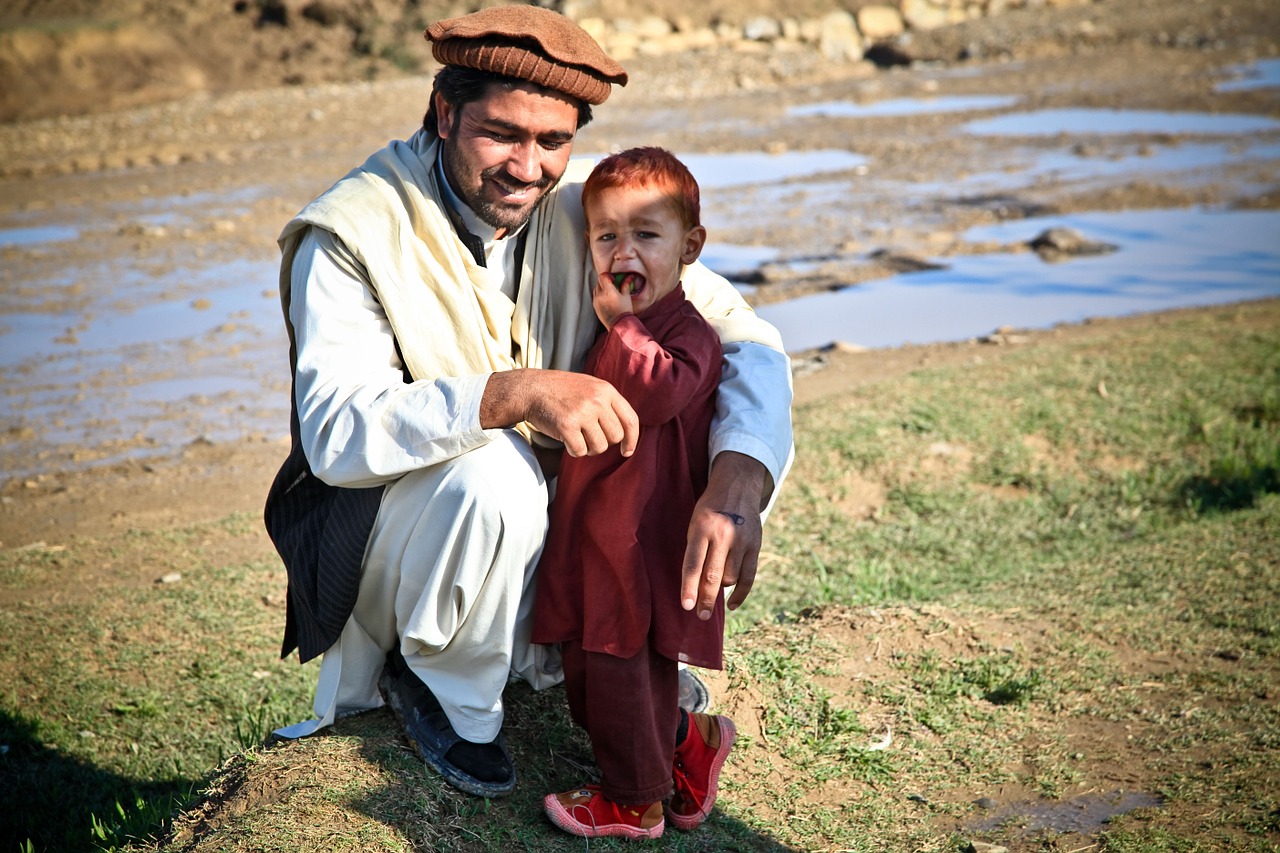To deepen humankind’s understanding of a culture, historians and anthropologists often turn to the artifacts and relics that remain from that culture’s past. They may study the writings – books and documents that have survived from ages gone by – that provide clues to the development of the nation and its cultural identity.
For historians studying the culture of Afghanistan, however, the situation is different. Years of war have decimated the nation and its artifacts, removing many traces of the past. Unlike many of the cultures that historians study, however, the nation of Afghanistan still exists, and is remarkably similar to the nation that began centuries ago.
Located at the crossroads of Asia, Afghanistan has long been a thoroughfare that various groups have fought over, subjecting the region to centuries of strife. Despite the constant turmoil, however, Afghan culture has remained largely unchanged over the last few centuries. How can a country that has undergone so many revolutions remain true to the cultural traditions of the past? The secret may be found at home.
Family Life
 The institution of the family is the most important component of Afghan society.
The institution of the family is the most important component of Afghan society.
A strong sense of values and beliefs are the basis for the guidelines that govern a family’s behavior and provide a framework for society that the Afghans hold onto. Members of an Afghan family are dependent on each other, with complex relationships and dynamics that can vary by region and ethnicity.
Marriage
Marriage is extremely important to the structure of the family. Marriages are typically arranged, often while the children are still young, to ensure the continuation of a cohesive family unit. Family ties are very strong, and securing those ties with marriage is considered advantageous for the family overall. Many people still practice familial marriage, where cousins or other relatives are considered the best choices for spouses. In Afghanistan, divorce is uncommon.
Family Roles
Within the family unit of an Afghan home, there are clearly defined roles. A typical Afghan home operates under the direction of the male head of the home, with certain duties assigned to the primary female. Upon their marriage, the bride joins her husband in what will be their home. She is generally responsible for the affairs of the household, including child rearing and other domestic matters.
 Multi-generational homes are common, with three or four generations living under the same roof. The senior male controls all expenditures of the household, while the senior female member delegates all household chores and responsibilities. These large households, sometimes made up of several sets of siblings, cousins, grandparents and unmarried or widowed females, provide economic stability and cooperation that proves useful.
Multi-generational homes are common, with three or four generations living under the same roof. The senior male controls all expenditures of the household, while the senior female member delegates all household chores and responsibilities. These large households, sometimes made up of several sets of siblings, cousins, grandparents and unmarried or widowed females, provide economic stability and cooperation that proves useful.
Women within the home are responsible for the socialization and education of any children. Children today, particularly girls, are afforded more opportunities for education outside the home, but safety and availability issues within the nation make it difficult for everyone to attend school. Likewise, women are able to take advantage of educational opportunities, but must do so while continuing to fulfill their existing responsibilities.
The men of the house are tasked with providing for the needs of the household. Through work outside the home, men meet the monetary needs of the household and preserve their honor within the community.
Some rural areas of the country operate on a shared sense of responsibility and a shared workload. Particularly for farmers or livestock owners, men and women can develop a mutual respect for each other by establishing a partnership. For example, the men may raise sheep that are used for their wool. After the men shear them, the women spin the wool and turn it back over to the men. The men dye the wool and return it to the women, who use the wool to make carpets, and then the finished product is sold by men in street markets.
Family Life Outside of Afghanistan
Recent migrations of families and individuals have disconnected some Afghans from their family units and they may discover that they are acclimating to new cultural norms. However, despite changes that are happening within the culture, many traditional aspects of Afghan culture have remained the same.
Perhaps because children are taught the value and importance of family, or perhaps because the family is primarily responsible for educating the children, the traditions of the culture are passed easily from generation to generation. Whatever the reason, the strength of Afghan culture has been preserved and will continue to pass through the generations.

